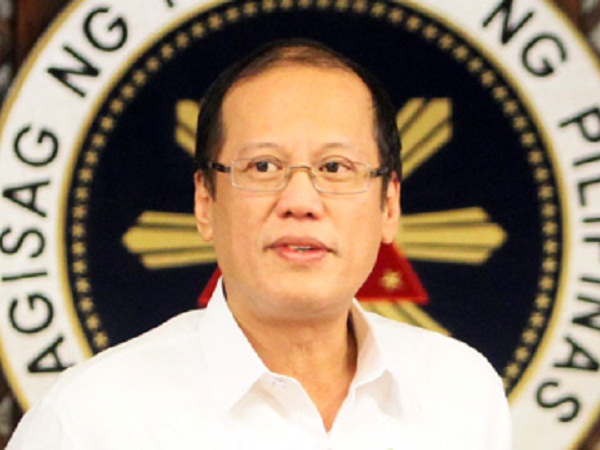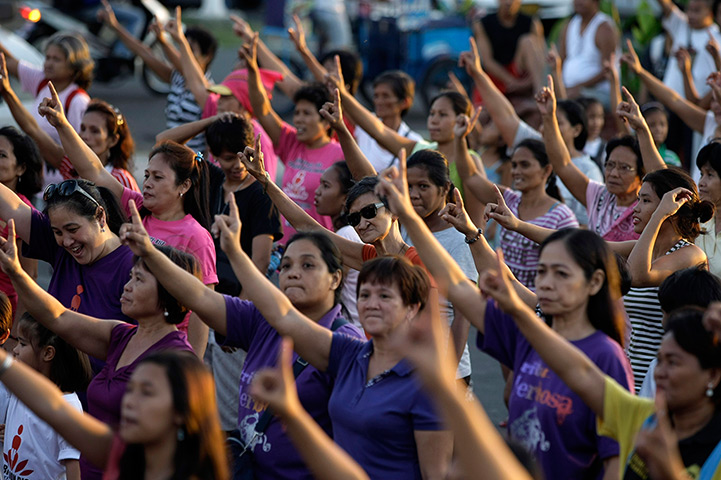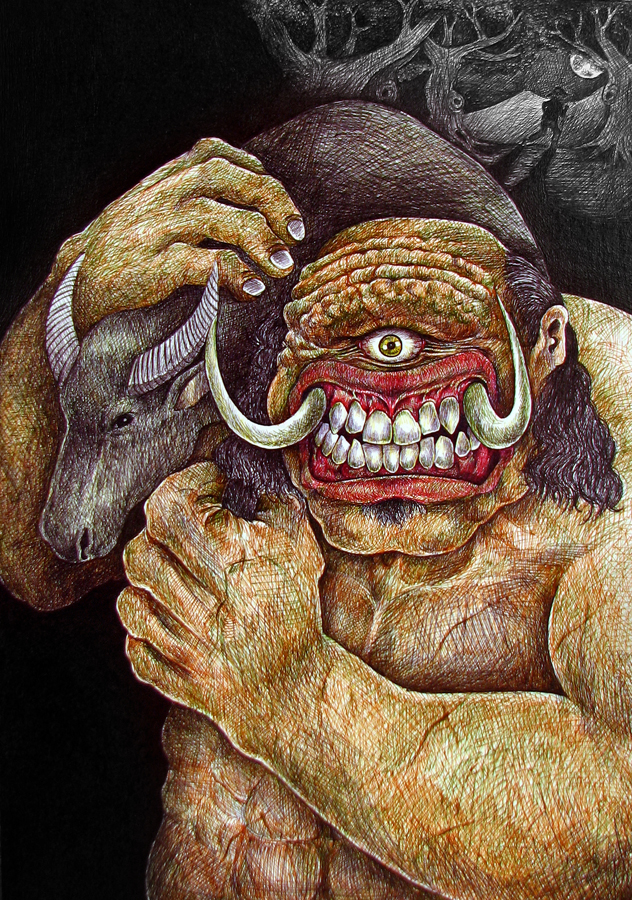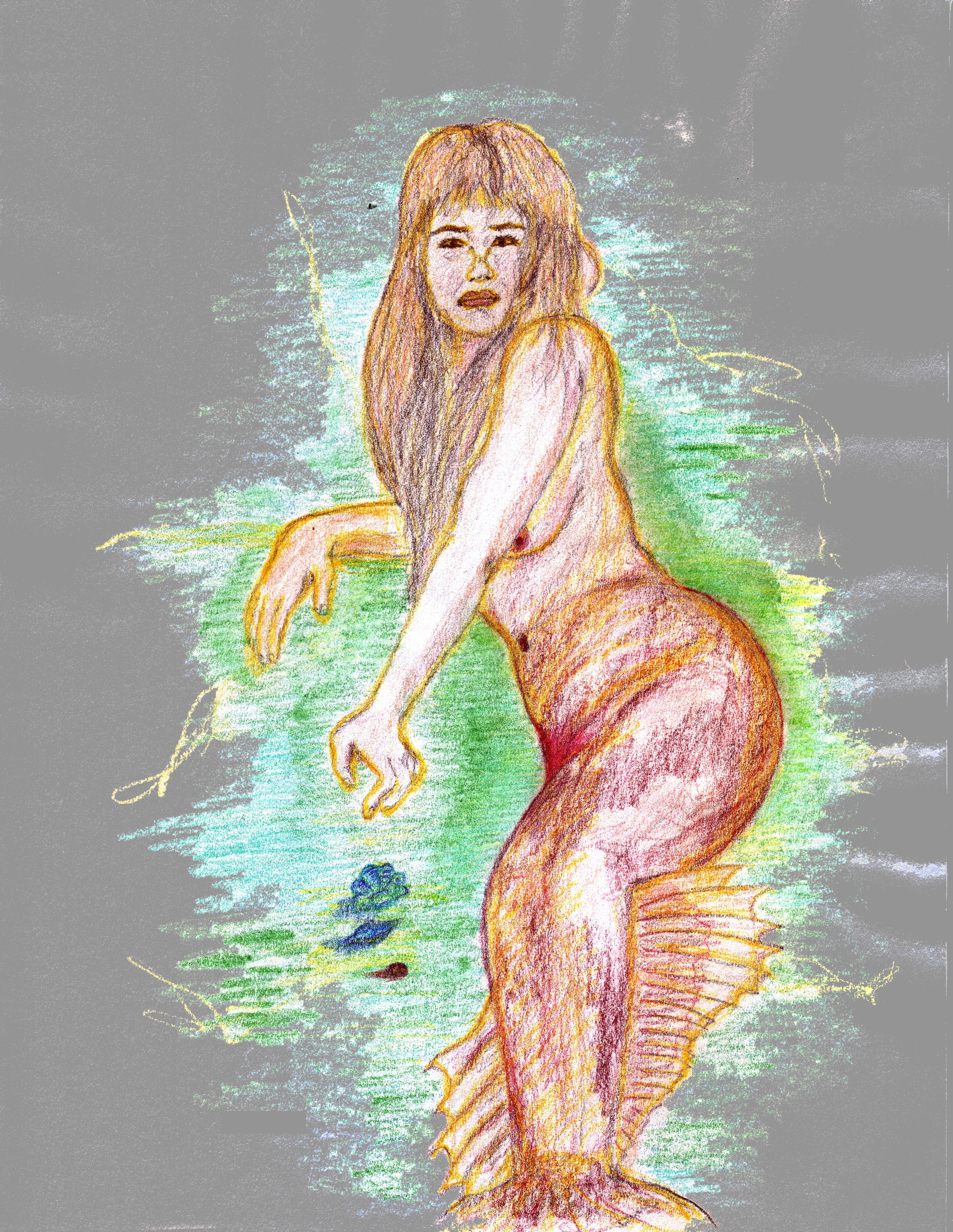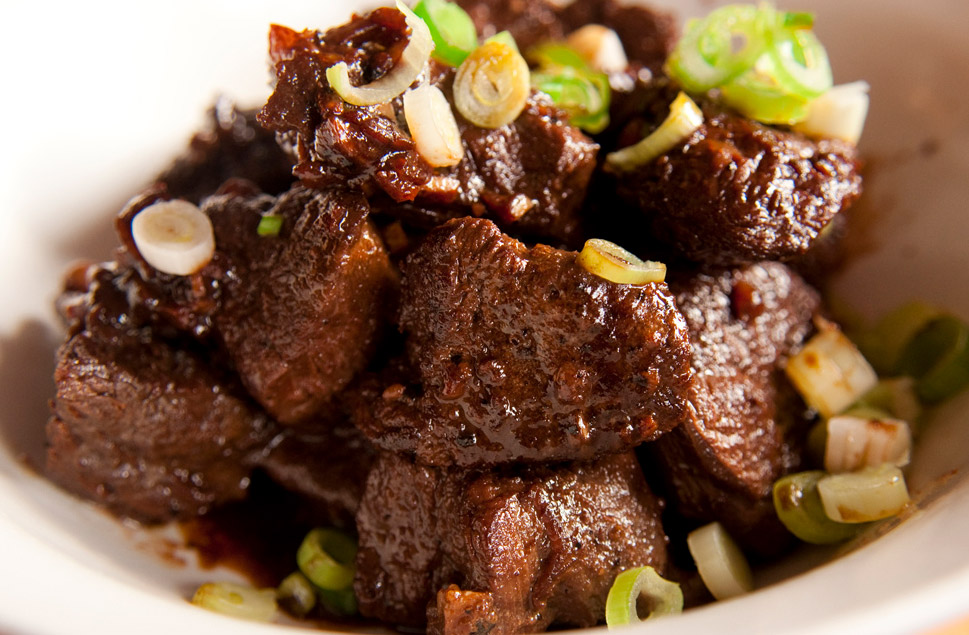Saturday, January 25, 2014
Economy and Government of The Philippines
Economy
The economy of
the Philippines is the fortieth largest in the world, according to 2012
international monetary fund statistics, and is also one of the emerging markets
in the world.
The economy of
the Philippines, whose GDP is close to US$95 Billions, based mainly in
agriculture, a sector that continues to be uncompetitive due to lack of
infrastructure.
The Industry
has grown meaningly since 1945.The service sector represent more than half of
PIB and benefits of moving the relocation of western companies.
The mining
industry is a important part of the Philippine economy. The sector employs 16%
of workforce and contributes a third of GDP. Among the major minerals extracted
are: gold, silver, copper, nickel, salt and coal. The industrial production
grew strongly since 1950. Food products, textiles, electronics, petroleum,
chemicals and furniture industry are the most important.
Agriculture employs 32% of the Filipino workforce as
of 2013, according to World Bank statistics and accounts for 12% of Filipino
GDP as of 2013, according to the World Bank.
The executive branch headed the government. It is composed of the President and the Vice President who are elected by direct popular vote and serve a term of six years.
Government
The President of the Philippines is the Benigno Aquino III. The Philippines government is a republic
with a presidential form of government, wherein power is equally
divided among its three branches: executive, legislative, and
judicial.
The legislative branch is vested in the Philippine Congress. It is permitted to make and create laws and alter. This institution is structured in the Senate and the House of Representatives.
(Benigno Aquino III)
The Judicial branch holds the power to settle
controversies involving rights that are legally demandable and enforceable.
It is made up of a Supreme Court and lower courts.
Society and Education in The Philippines
SOCIETY
The Society of the Philippines has always been described as a democracy with a dynamic and active civil society.
In the Philippines, the role of women is explained based on the context of Filipino culture, mindsets and standards. The Philippines is characterized to be a nation of women, who directly and indirectly are the family unit, haciendas, government agencies and businesses.
Generally they define themselves in the middle of a post-colonial male-dominated Christian society, Filipino women live in a culture that is focused on the community, with the family as the main unit of society. Compared to other parts of Southeast Asia, women in Philippine society have always enjoyed a greater share of legal equality. And in this framework of Philippine hierarchical structure, religious justifications, class differences, and living in a globally developing nation wherein Filipino women struggle for respect.
EDUCATION
The beginning of the second decade of this century has seen a great improvement in the education system of the Philippines. Education in the Philippines where was modeled by education systems, there were major changes DEPED administers all educational system along with equipment, recruitment of teachers. In this system was implemented by the program for K-12 education, which became mandatory if basing in four phases:
- 1-Creating the bases, deploy kindergarten
- 2 Full-migration, promote the enactment of basic education by established series 1 to 4 and 7 to 10.
- 3- Migration complete, aims to implement the high school 11:12.
- 4-Completing the Reform, conclude the implementation k-12.
Admission in colleges may slow due to low entry years for the new system.
Friday, December 6, 2013
Music and Celebrities
Music
Of the Philippines are
performance arts composed in various genre and styles. The music of the Philippines is a mixture of other Asian,
European, Latin American, American, and indigenous influences.
The traditional
music of the Philippines, like the folk
music of our countries, reflects the life
of common, mostly rural Americans. Like its counterparts in Asia, a lot of traditional songs from the Philippines have a strong
connection with nature. However, much of it employs the diatonic
scale rather than the more
"Asian" pentatonic
scale
Among the
various styles of music from the Philippines are Pinoy Rock, Pinoy Pop, Agung,
Kapanirong, Kulintang, Kundiman, Manila Sound, Pinoy Reggae, Tagonggo.
Freddie Aguilar, is a folk musician from the Philippines
Celebrities
- Annes Curtis
She is a business model and actress
currently active in The Philippines she lived in Australia and moved to The Philippines whens she was twenty years old. Her first appearance in movies was Batman and Robin. She was discovered by a talent scout
from a fast food chain.
- Daiana Meneses
A twenty four years old Brazilian model who became a star in The Philippines she did several commercials,poster gils,and Tv
presenter.
Philippine Folklore
Folklore
- Bungisngis
Bungisngis is a one-eyed giant. This giant lives in the forest and woods.
- Bathala
Bathala is the creation god in Filipino myths.
- Sirena
Sirena is
a mermaid. It attract Fishermen and tourists, especially near the Pacific
Ocean.
- Mambabarang
Mambabarang is a witch who uses insects and spirits to enter the body of any person they hate.
More about The Philippines - Gastronomy
The Philippine cuisine is a mixture of various influences such as Mexican, Spanish, Chinese, Indian, Japanese and Arab. Two of the most prevalent cultures are Spanish and Chinese. During the Spanish colonization in the Philippines, Filipinos learned much about their food and began to use their spices and eventually became a part of the spice trade between Spain. The Philippones, and Tidorein Maluka. Chinese food was also introduced into The Philippines as a result of trade early 15th century. Eventually when the Americans entered The Philippines, Filipino cuisine picked up their influences, solidifying one of the most diverse cuisines in the world.
Filipinos love to eat.
Filipinos generally eat at least 5 times a day, 3 complete meals and 2 snacks. A complete meal is
normally a combination of rice (steam or fried) and at least one viand. Fried
rice (using leftover rice) is usually served during breakfasts. The most common
cooking methods in the Philippines are adobo (cooked in soy sauce, garlic and
vinegar), sinigang (boiled with a tamarind base), nilaga (boiled with onions),
ginataan (cooked using coconut milk), and pinaksiw (cooked in ginger and
vinegar) all using one of these: pork, chicken, beef, fish and sometimes
vegetables.
Best filipino main dish recipes are pork Adobo, Chicken Adobo, Bicol Express, Chicharon, Lechon, and Pinakbet.
Adobo
Adobo is the name of a popular dish and cooking process in Philippine Cuisine, The Filipino dish is made with pork or chicken.
Lechon
Roasted pig, famous during weddings and other grand celebrations.
Saturday, September 7, 2013
Subscribe to:
Comments (Atom)




